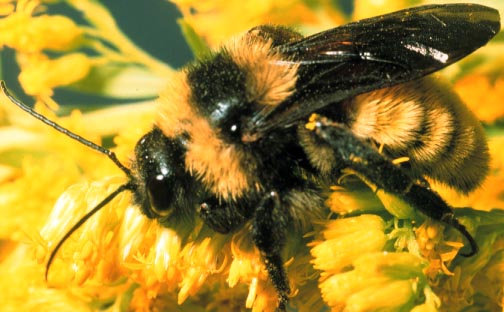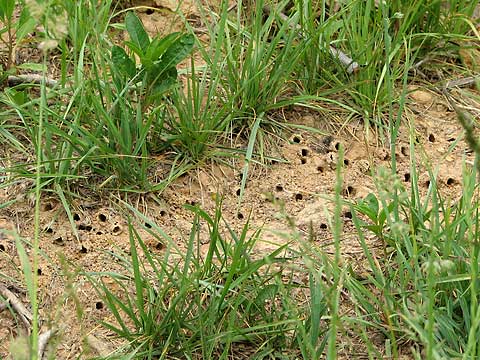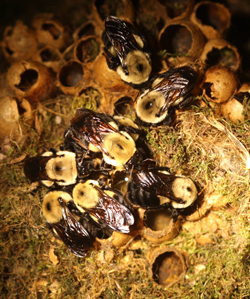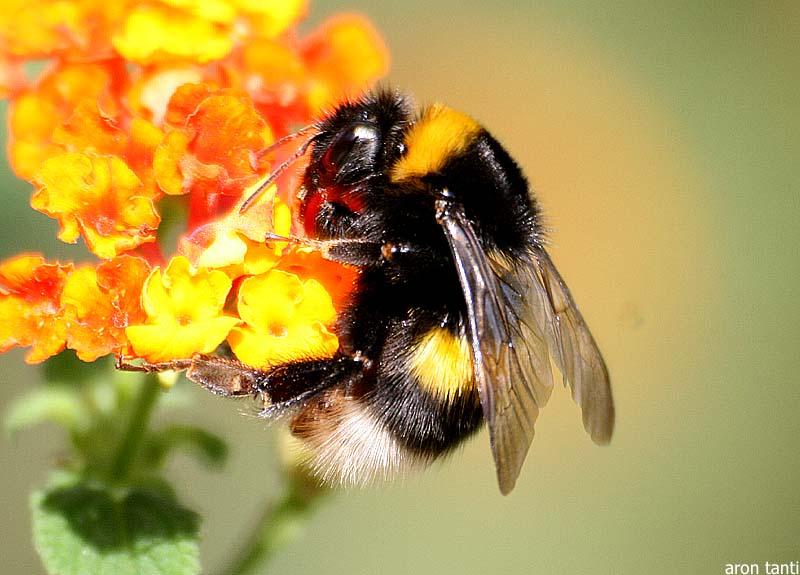|
BUMBLE BEE
|
||||||
|
Bumble bees are one of natures hardest working beneficial bugs. Bumblebees drink nectar and eat pollen - nothing else. They are important Pollinators. They live among flowers where they feed for long periods of time every day. Without the energy that a Bumblebee gets from eating flower nectar, it cannot fly. If a bumblebee cannot fly, then it cannot reach flowers to get more nectar and it will die. Bumblebees are vegetarian at all stages of their life. The worker bees gather pollen and nectar. Most of the pollen they collect is fed to the larva, and the workers and males only eat enough to keep on flying. The queen eats pollen to give her protein for so that she can lay eggs. Bumblebees are large and hairy with black and yellow bodies. Measuring from 3/4 inch up to 1 inch in length, these fuzzy insects make a loud droning buzz as they fly. Bumblebees fly more slowly and awkwardly than most bugs. They are quite gentle, though they will sting if you bother them. When a Bumblebee is on a flower and is feeling threatened it will raise one of its middle legs. This is a sign that you are too close and should back off a bit. If you don't move away from a Bumblebee that is feeling threatened, it will sting. Only the queens and workers can sting, but they can sting more than once. Bumble bees live in colonies and nest in soil or piles of dead leaves where a single queen lays 8 to 12 eggs in spring. Emerging workers are able to fly in very cool weather (like the early spring), making them a very valuable pollinator. Foraging worker bees use long tongues to pollinate clovers and other flowers, collecting pollen and nectar that they bring back to the hive to feed to the colony. Though bumble bees make honey, they make only enough to feed the colony.
Important Facts To Know About Bumble Bees.
|




